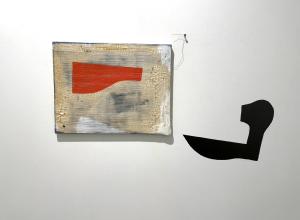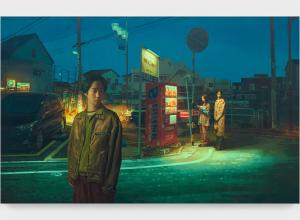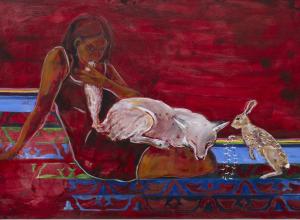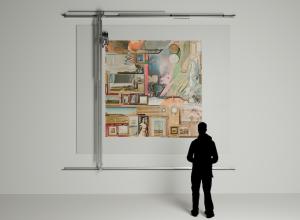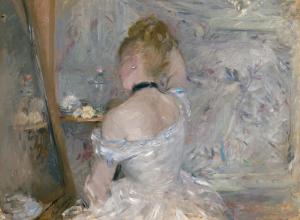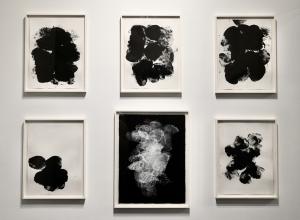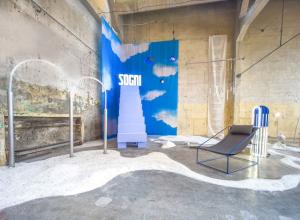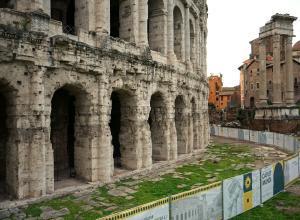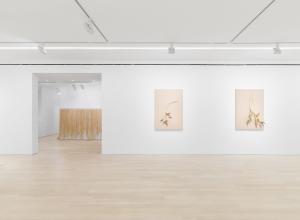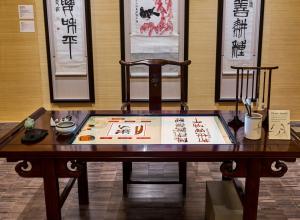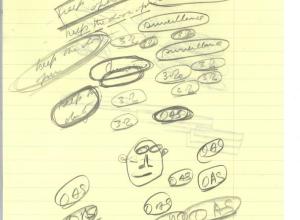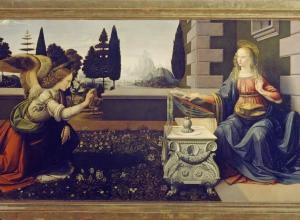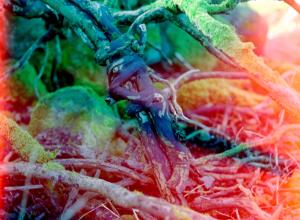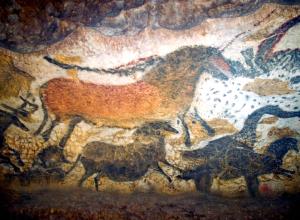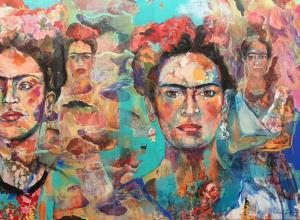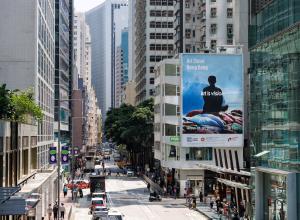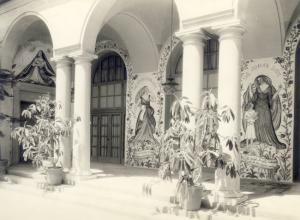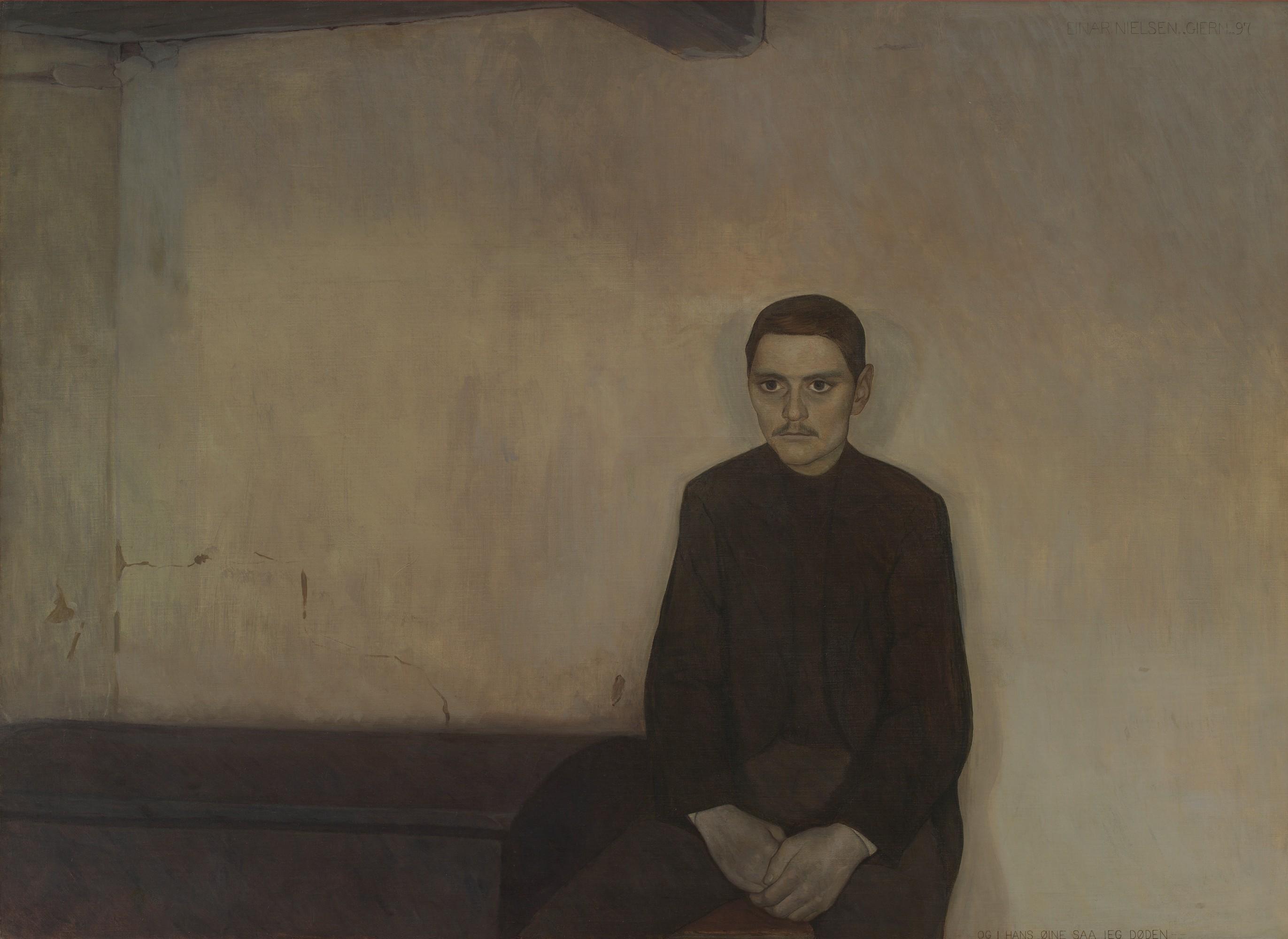
Plague, cholera, tuberculosis, AIDS and corona. With a new initiative, SMK (Statens Museum for Kunst) invites you on a tour through the museum's collection and tells the story of how epidemics over time have affected and changed both the world and art.
On March 12, 2020, large parts of Danish society closed down, and since then Denmark—and the world— have not looked like themselves. The corona pandemic has changed our daily lives, our way of being together, our habits, our thoughts and maybe even our future dreams.
Based on the current world situation, SMK presents a new initiative entitled Nothing as before. Through this, the museum invites you to a walk in the large art collection and unfolds the story of how epidemics have historically changed society and forced people to imagine the world anew.
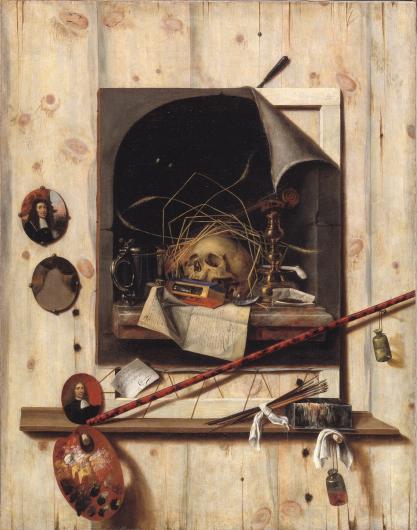
In addition to the epidemic trail, Nothing As Before consists of a comprehensive event program that unfolds some of the themes presented through the twenty-five selected works of art. The events take place at the museum every Wednesday evening from September 8 to November 22.
Here you can experience Rune Lykkeberg, editor-in-chief at Information, and Mikkel Bogh, director at SMK, in a conversation about the role of art in a time of crisis. You can also experience a combination of readings, concerts and live interviews with author Hanne-Vibeke Holst and musician Bisse, who in their own way have dealt with epidemics in their artistic practice.
Every Wednesday afternoon, there will also be a guided tour, which is based on the epidemic trail and takes a closer look at SMK's art collection through the lens of the epidemic.
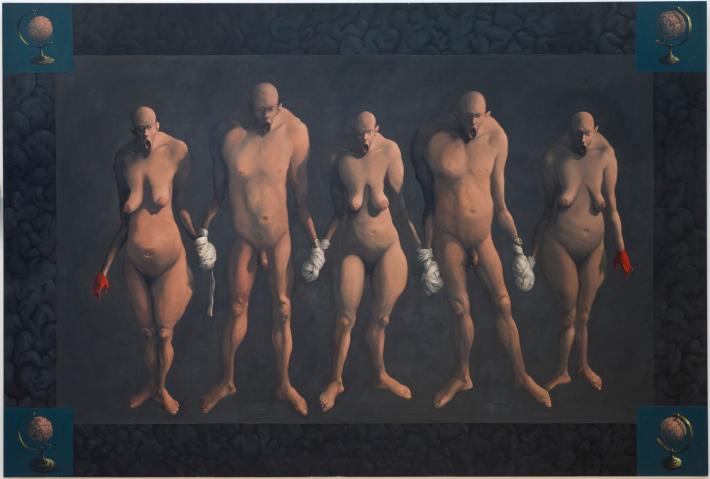
Epidemics have changed Europe's history and shaped the Nordic welfare state. Epidemics have weakened Western man's faith in God and strengthened confidence in science. Epidemics have killed people, but also prolonged human life through hygiene movements and vaccines.
Art history, too, has been shaped by the epidemics of the time. In art, man has been able to process an old world and create images of a new one. Epidemics have given art new motifs, paved the way for new idioms, new artist roles and even new life forms.

SMK's large art collection and the museum building on Sølvgade are full of traces from previous epidemics, and with Nothing as before it will now be possible to follow these traces.
The initiative, which launches on September 8, guides the public through the museum's collection of more than 700 years of art. The route presents a series of pandemic stories that help to shed new light on the collection, and stops are made at twenty-five works of art that tell in different ways about how epidemics over time have shaped history, art and the individual. life.
The route includes the fourteenth century black death, cholera in the mid-1850s, tuberculosis in the time around the modern breakthrough, the Spanish flu at the end of World War I and the AIDS epidemic around 1990.
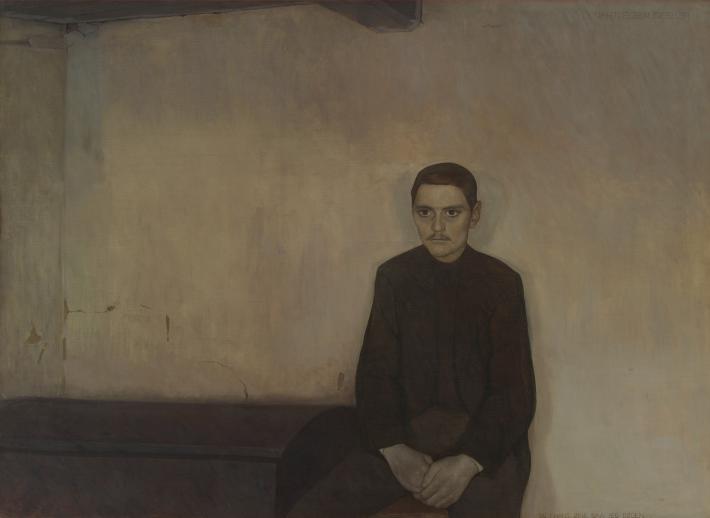
Tuberculosis cost many millions of lives between the 18th and 20th centuries. One of the Danes who was affected by the disease was a young man named Erik Kjærsgaard. Ejnar Nielsen met him in 1897 and painted this work of art. The work emphasizes the total feeling of powerlessness and holds the audience in a dialogue about the inevitable: Death. At the same time, the beautiful features and the melancholy eyes evoke memories of how the disease earlier in the nineteenth century was surrounded by romance and was fashionable amongst artists.
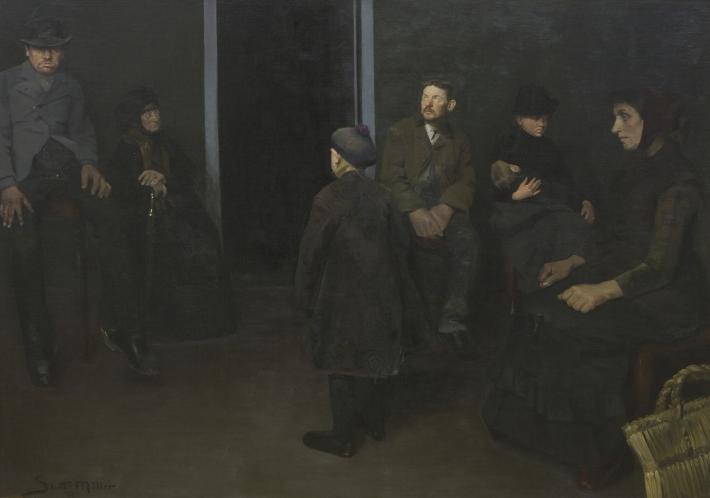
The tour also offers detours to some of the experiences, dilemmas and questions that the corona pandemic has brought with it, pointing to the future that no one yet knows how will shape itself.
"Nothing like before pulls SMK's large art collection into a current context and creates new entrances to both the present, the past and the future. The corona crisis provides a unique opportunity to understand the historical works of art in new ways, and by looking at them in the light of past epidemics, they are actually going to look completely different than we are used to," says Mikkel Bogh, director of SMK, and adds:
"At the same time, the art of the time can create new perspectives on the time of crisis we are in right now. A time when we do not yet know what changes the corona pandemic will bring, but where art may be able to help point out what comes after and how we can live with it."

In addition to the epidemic trail, Nothing As Before consists of a comprehensive event program that unfolds some of the themes presented through the twenty-five selected works of art. The events take place at the museum every Wednesday evening from September 8 to November 22.
Here you can experience Rune Lykkeberg, editor-in-chief at Information, and Mikkel Bogh, director at SMK, in a conversation about the role of art in a time of crisis. You can also experience a combination of readings, concerts and live interviews with author Hanne-Vibeke Holst and musician Bisse, who in their own way have dealt with epidemics in their artistic practice.
Every Wednesday afternoon, there will also be a guided tour, which is based on the epidemic trail and takes a closer look at SMK's art collection through the lens of the epidemic.

Epidemics have changed Europe's history and shaped the Nordic welfare state. Epidemics have weakened Western man's faith in God and strengthened confidence in science. Epidemics have killed people, but also prolonged human life through hygiene movements and vaccines.
Art history, too, has been shaped by the epidemics of the time. In art, man has been able to process an old world and create images of a new one. Epidemics have given art new motifs, paved the way for new idioms, new artist roles and even new life forms.




